Howdecrypt Ransom Virus Description
Howdecrypt is a potentially unwanted ransomware that developed by cyber criminals who want to rip innoncent users off by scaring them to pay for decrypting those encrypted files in an infected computer. Promoted by some certain free download and fake update, Howdecrypt can get access to a system and then commits evil blackmail.
A ransomware usually ransom an innocent user by charging him/her with various accusations: porn distribution, spam email, material copyright and other violations. As those common ransomware programs such as FBI Ukash virus, Homeland Security virus, Cryptolocker and so forth, once get installed, they usually lower the availability of the infected system by modifying system configuration files and disturbing the system normal running. Howdecrypt is no exception.

As for the encrypted documents, just like those encrypted by Cryptolocker virus, accord to the study of various computer experts, although they fought tooth and nail to deal with the decryption, but gain no big progress. Facts have been proved that some users pay for those blackmail, but they still have difficulty to use their documents. So it is advised not to pay for its so-called key or password to the locker. You are supposed to remove the ransom virus as soon as possible to avoid more damages.
Howdecrypt Performs Malicious Actions
1. It seriously disorders your system by modifying system settings.
2. It alters and encrypts your files without permission.
3. It displays fake warning to threaten you to pay $500 for decrypting your files.
4. It disables your antivirus programs so as to bypass detection and removal.
5. It causes random computer restart or frozen system.
Get Rid of Howdecrypt Now
Plan A: Remove Howdecrypt Virus Manually
Plan B: Remove Howdecrypt Virus Automatically with SpyHunter
Plan A: Remove Howdecrypt Virus Manually
1) Reboot your computer into Safe Mode with Networking
Restart your computer, Keep pressing F8 until Windows Advanced Options menu shows up, then use arrow key to select Safe Mode with Networking and press Enter.
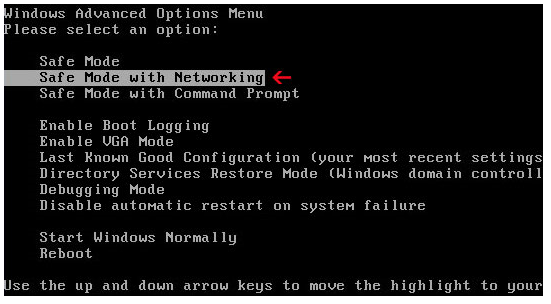
2) Disable malicious Startup item.
a. Hit Win+R Keys, type msconfig in the Run box and press OK.
b. Go to Startup tab and then find out Howdecrypt related item, disable it.

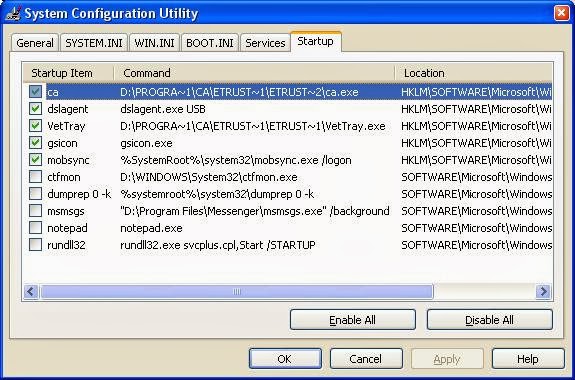
a. open Control Panel from Start menu and search for Folder Options;
b. under View tab to tick Show hidden files and folders and non-tick Hide protected operating system files (Recommended) and then click OK;

4) Search for associated files and remove.
%Documents and Settings%\[UserName]\Application Data\ Comcast Copyright Infringement Fines Scam
%AllUsersProfile%\Application Data\Comcast\ Howdecrypt Ransomware.dll
%AllUsersProfile%\Application Data\Comcast \Howdecrypt Ransomware. Exe
%AllUsersProfile%\Application Data\RANDOM CHARACTERISTIC
5) Delete all entries created by Howdecrypt Ransomware
Hit Win+R keys and then type regedit in Run box to open Register Editor.

HKCU\Software\Microsoft\Windows\CurrentVersion’Internet Settings \Howdecrypt Ransomware HKCU\Software\Microsoft\Windows\\CurrentVersionPoliciesExplorer\Disallow\random characteristic HKCU\Software\Microsoft\Windows\CurrentVersion\Run Howdecrypt Ransomware HKEY_LOCAL_\MACHINE\SOFTWARE\MicrosoftWindows\NTCurrentVersion\Winlogon\uninstall Howdecrypt Ransomware.exe
6) Reboot your computer normally to check with the effectiveness.
Any mistake like wrong deletion of system files during the manual removal process may lead to irreversible damage to your machine. If you are not familiar with entries stuff, you are kindly reminded to use a professional and certificated removal tool to finish the removal automatically.
Plan B: Remove Howdecrypt Virus Automatically with SpyHunter
1) Download removal tool SpyHunter
2) Install SpyHunter after downloading
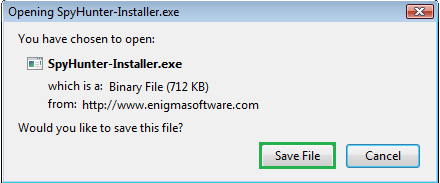
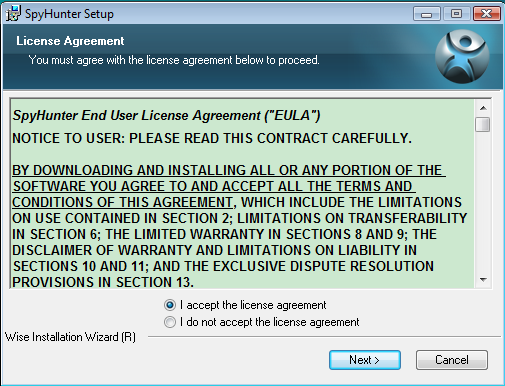
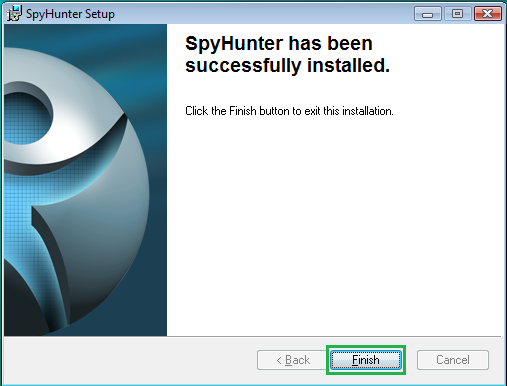
3) Run SpyHunter and start a full scan

4) Clean all detected items
Hope the manual tips could walk you through Howdecrypt virus removal process. Should you run into any puzzle, to avoid unwanted damage, you are sincerely suggested to erase Howdecrypt infection by starting an automatic removal with SpyHunter from here.


